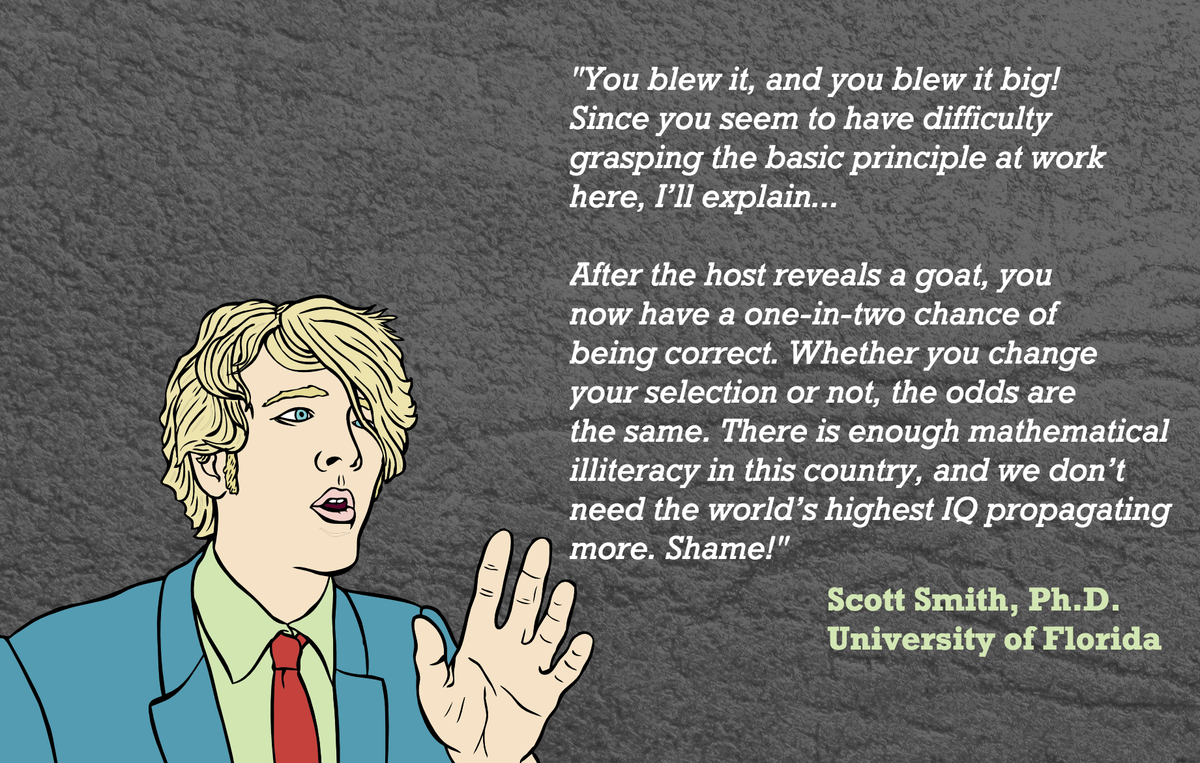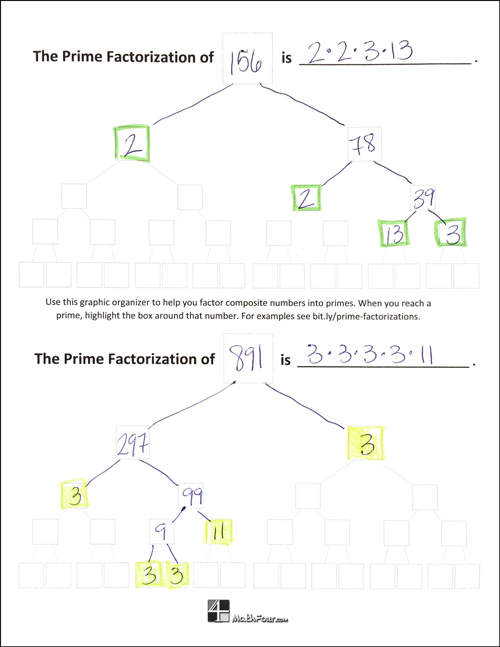 Last week I pointed out a blog post from @d_martin5 about assessing without percents. This week it was pointed out that he was featured on CBC radio where he talks more specifically about this idea. Thanks to Michael Leiff for this one. Listen below
Last week I pointed out a blog post from @d_martin5 about assessing without percents. This week it was pointed out that he was featured on CBC radio where he talks more specifically about this idea. Thanks to Michael Leiff for this one. Listen belowCurriculum Tags: All
http://www.cbc.ca/radio/the180/promoting-failure-in-health-care-math-without-percentage-marks-and-should-alberta-join-the-u-s-1.2991087/math-without-marks-1.2991219
 I learned about a new blog Math = Love from a few different people this week. It's part of this NPR story that is part of their series on the best 50 teachers in the US. Listen at the link below. And you can see a sample of what she has on her blog with the following posts
I learned about a new blog Math = Love from a few different people this week. It's part of this NPR story that is part of their series on the best 50 teachers in the US. Listen at the link below. And you can see a sample of what she has on her blog with the following postsCurriculum Tags: Gr7, Gr8, MPM1D, MFM2P
http://www.npr.org/blogs/ed/2015/03/09/376596585/the-teacher-who-believes-math-equals-love
 The first one is an I Have, Who Has game that is dealing with concept of connecting words to expressions. If you don't know about these types of game, the premiss is that everyone has a card with a question and an answer. One student asks their question and the student who has the answer claims it and asks their question. This continues until you come back to the first person.
The first one is an I Have, Who Has game that is dealing with concept of connecting words to expressions. If you don't know about these types of game, the premiss is that everyone has a card with a question and an answer. One student asks their question and the student who has the answer claims it and asks their question. This continues until you come back to the first person.Curriculum Tags: Gr7, Gr8
http://mathequalslove.blogspot.ca/2015/03/trying-out-i-havewho-has-for-first-time.html
 In this activity there is a nice mix of using dice, Desmos, foldables and portable whiteboards to look at properties of lines. This takes the tediousness out of just graphing lines.
In this activity there is a nice mix of using dice, Desmos, foldables and portable whiteboards to look at properties of lines. This takes the tediousness out of just graphing lines.Curriculum Tags: MPM1D, MFM2P
http://mathequalslove.blogspot.ca/2015/02/rolling-dice-for-point-slope-form-and.html
 And finally an interactive notebook (INB) on slope.
And finally an interactive notebook (INB) on slope.Curriculum Tags: MPM1D, MFM2P
http://mathequalslove.blogspot.ca/2015/02/finding-and-interpreting-slope-inb-pages.html
 A couple of of related activities from the Making Math Meaningful blog. Related in that they both use Smarties as the catalyst. The first takes the idea of ratios, rate and linear relations to predict the price of a large box of Smarties. The second one is trying to estimate the amount of air within a Smartie box.
A couple of of related activities from the Making Math Meaningful blog. Related in that they both use Smarties as the catalyst. The first takes the idea of ratios, rate and linear relations to predict the price of a large box of Smarties. The second one is trying to estimate the amount of air within a Smartie box.Curriculum Tags: MPM1D, MFM1P
http://marybourassa.blogspot.ca/2015/02/smarties-part-i.html
http://marybourassa.blogspot.ca/2015/02/smarties-part-ii.html
 A couple dealing with making algebra meaningful from Jon Orr. The first one does it by connecting the idea of adding and subtracting polynomials and multiplying polynomials.... with Dora! In this 3Act task we use Dora as a unit of measure to simulate a polynomial.
A couple dealing with making algebra meaningful from Jon Orr. The first one does it by connecting the idea of adding and subtracting polynomials and multiplying polynomials.... with Dora! In this 3Act task we use Dora as a unit of measure to simulate a polynomial.Curriculum Tags: MPM1D, MFM1P
http://mrorr-isageek.com/?p=3811
 In grade 12 Data Management we have to talk about probability distributions and when we do that we talk about Bernoulli Trials. That is, given the probability of failure for any individual experiment, what is the probability of failure after n experiments. That being said, it is always good to have real examples to go with mathematical concepts so here is some data on hard and flash drive failures (something that many of us have experienced first hand).
In grade 12 Data Management we have to talk about probability distributions and when we do that we talk about Bernoulli Trials. That is, given the probability of failure for any individual experiment, what is the probability of failure after n experiments. That being said, it is always good to have real examples to go with mathematical concepts so here is some data on hard and flash drive failures (something that many of us have experienced first hand).A 2013 study by cloud storage company BackBlaze looked at 25 thousand drives and found that around 5 percent failed during the first year and a half, most likely due to manufacturing defects. They were then largely stable until the fourth year, when the failure rate rose to 11.8 percent. 74 percent of drives lasted beyond the fourth year.Curriculum Tags: MDM4U
http://www.makeuseof.com/tag/hard-drives-ssds-flash-drives-how-long-will-your-storage-media-last/
 There has been a lot in the media as of late about the song Blurred Lines being a rip off of a Marvin Gaye song. So that being said, from Wired Magazine comes the attempt at answering the question "How many songs are there?" That is, given the finite number of sounds that can be produced and the number of ways those sounds could be arranged, how many different ways could you do that. Combinatorics and Wired to the rescue. Take a look here
There has been a lot in the media as of late about the song Blurred Lines being a rip off of a Marvin Gaye song. So that being said, from Wired Magazine comes the attempt at answering the question "How many songs are there?" That is, given the finite number of sounds that can be produced and the number of ways those sounds could be arranged, how many different ways could you do that. Combinatorics and Wired to the rescue. Take a look hereCurriculum Tags: MDM4U
http://www.wired.com/2015/03/many-different-songs-can/
I have shown links about the Monty Hall problem before. I like this one because it highlights how the female columnist that made it popular was correct in her analysis yet all the professors who attacked her were wrong.
Curriculum Tags: MDM4U
http://priceonomics.com/the-time-everyone-corrected-the-worlds-smartest/
The second one from Jon Orr is also about simplifying polynomials and it's based on this Mad TV skit. Totally great application of algebra (and a funny skit). Check out the entire activity here
Curriculum Tags: MPM1D, MFM1P
http://mrorr-isageek.com/?p=3790
You have all seen TED talks but you may not know there is also the TED Radio Hour. This is a radio show that picks a theme and then highlights several TED talks on that theme with interviews with the TED speakers. Recently they had a radio hour on math called Solve for X. In it they covered topics as diverse as why we use x as our main variable in algebra to the mathematics of drumming and love. See the full video of the mathematics of love below and click on the link to hear the entire radio show
Curriculum Tags: All
http://www.npr.org/programs/ted-radio-hour/388518439/solve-for-x
These things show up on my Facebook Feed. I like them because they take patterning and put it in a friendly palatable format that most people are willing to try out
Curriculum Tags: Gr7, Gr8, MPM1D, MFM1P


























